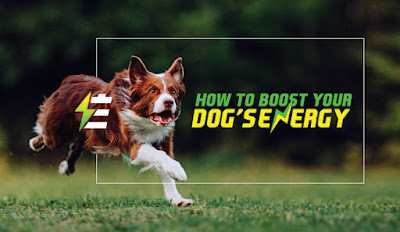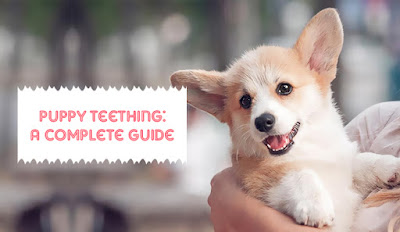You will continuously be able to see fleas and ticks on your pet, if you have a huge flea and tick problem in your region. Fleas top the list of creatures that badly affects pets and causes the worst health conditions from skin irritation, redness to flea allergy dermatitis.
Come summer and from nowhere there emerges the swamp of fleas always ready to attack pets – that comes on their way. Happy to feast on your pooch’s blood, these nasty creatures are all set and ready to multiply on thousands, continuing their life cycles, unless a ninja source is not applied to combat and destroy them completely.
Yes! Pet owners have to establish and get on all the tools to fight back these filthy fleas attacking your furry companions. To eradicate them and protect your pets from the devastating flea infestation, here we bring you the most effective flea control ways to get rid of fleas on your dog naturally.
Flea Comb at a Rescue
The most effective and easiest way of eradicating fleas is using flea comb. Not just keeping your pet well groomed, flea comb helps in removing adult fleas along with flea dust. A quality brush is gentle on pets as well as eliminates fleas, eggs and larvae. Normally, flea eggs and larvae are not present, but if any left, comb can help to remove. Ensure the fur of your dog is detangled to reduce pain while combing through flea comb with narrow teeth.
Upgrade Your Dog Shampoo
Whether you are using flea shampoo or an ordinary dog shampoo, you can enhance its effectiveness for removing fleas. Take a half cup of any good shampoo and add freshly squeezed lemon juice along with two cups of water. Fill this mixture into a bottle and use it every week when bathing your furry pal. After your pet’s bath, do not allow your dog to just run away and go into the backyard. Pat dry him and comb your dog’s fur with a flea comb and what you see is just horrible, the fleas shower away from the pet.
Washing and Heating Bedding
A dog with heavy flea infestation can shed flea dust – flea eggs or larvae wherever they go. Mostly on the carpets, furniture and even in the bedding. You would be astonished to know that washing bedding with hot water and strong detergent effectively removes most of the fleas, flea eggs and larvae. Drying is also effective, when it comes to removing fleas.
Flea Collar
Using two drops of lavender oil or tea tree oil in one tablespoon of water prepare a solution. Apply this solution all over your dog’s collar or put it on a handkerchief and tie it around your dog’s neck. This natural flea collar distracts the fleas and prevents them from attacking your pooch.
Vacuum The Floor, Furniture, Curtains, Upholstery and May Be All
Usually, fleas reside in damp, warm and dark places – in the crevices and miniature cracks of the floor, beside the curtains, sides of the furniture and the dark areas where they can fit in. If you are not attentive about cleaning your house, there is every possibility that your house would soon turn out to be a flea bomb shell. Carry on vacuuming your house – floor, crevices or gaps in the walls, furniture – every nook and corner of your house. Do it periodically and thoroughly, which helps in eliminating fleas before they multiply in hundreds and thousands to infest your house and yard. You can even use products like dried cedar chips and lemon rinds to avoid flea influx in your surroundings.
A Simple but Essential Thing to Notice
Most natural oils seem good. But it is not necessarily, that your pooch would react to all them positively. As they have sensitive skin, there is always a possibility that they may be allergic to any of the contents of the oil. It is better to consult a vet for the right quantities for using on your pooch to keep those fleas at bay. The other safe option to avoid heavy flea infestations is to opt for flea and tick treatments. Your vet may guide you on this to which product is more safe on your pet.




